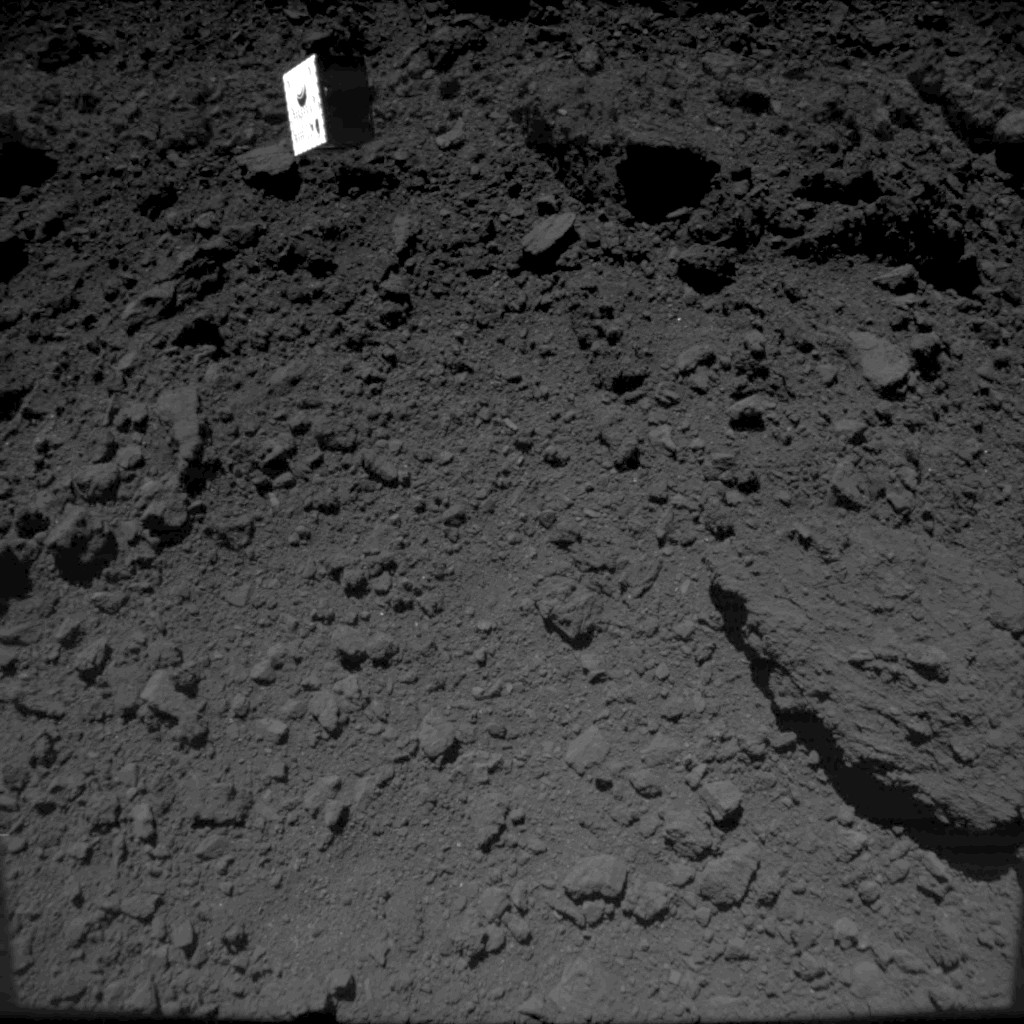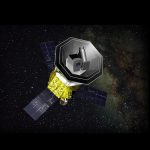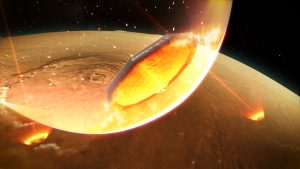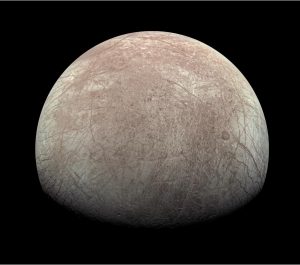
Daring the deep space adventure together: Prof. Dr Hansjörg Dittus speaks about the importance of friendship at the ISAS Award Ceremony
“But first of all,” said Hansjörg Dittus at the ISAS Award Ceremony. “We need long term and sustainable collaboration, despite societal and political changes. This is what we call a friendship in our private life, and it is our obligation to establish these institutional friendships as well.”
The JAXA ISAS Award is designed to acknowledge outstanding contributions to ISAS space science and exploration by individuals outside the agency. This year, Professor Dr Hansjörg Dittus from Universität Bremen in Germany received the ISAS award for his commitment and management of the collaboration between ISAS and the German Aerospace Center (DLR) that led to the development of the MASCOT lander for the Hayabusa2 mission, and will continue into the future with the rover for the Martian Moons eXploration (MMX) Project.

Speaking at the award ceremony, Dittus reflects that one of the defining moments for his interest in space exploration was a collaboration between Germany and Japan that took place thirty years ago for the HITEN (MUSES-A) lunar orbiter. Launched by JAXA in the early 1990s, HITEN was a small 11kg satellite that carried a cosmic dust sensor developed by Munich Technical University. It was the compact size that impressed Dittus.

“As a child of the Apollotins, including the moon landing, it was a completely new experience to see that one can do excellent and successful research missions with small spacecraft,” he explains. “This fascinated me immediately.”
But the long history of collaborations from HITEN to Hayabusa2 did not happen without the dedication of many people. Dittus emphasised that the award this year was a reflection of the entire team involved in the Hayabusa2 mission who worked together across continents, handling the communication problems, cultural differences and time shifts.
The result saw the MASCOT lander separate from the Hayabusa2 spacecraft in October 2018 to touchdown safely the surface of asteroid Ryugu. An event that was broadcast live to the International Astronautical Congress (IAC) that was being held in Bremen that year.
“For me, Hayabusa2 marks an extraordinary culmination point of long term collaboration between our institutions in Europe and in Japan,” says Dittus. “This is why I was so happy that we could establish the collaboration between the Centre National d’Etudes Spatiales (CNES) in France, DLR and ISAS immediately after the successful landing on Ryugu.”
This next step will see a rover developed by DLR and CNES as part of the JAXA-led Martian Moons eXploration (MMX) mission to visit the two moons of the red planet, Phobos and Deimos, and collect samples of material from Phobos. The rover will explore the surface of Phobos, visiting multiple sites of scientific interest that would be impossible with only the spacecraft.

It is this mission-to-mission continuation of collaborations that Dittus feels is particularly important. Space—he notes—inevitably involves long term projects that can take anywhere between three to ten years to complete. In the future, this is likely to be even longer, with missions lasting 25 years or more after launch. Such extreme time spans rely on perfect documentation, management of knowledge, funding and above all, friendship, to ride through societal and political changes. It is this that will allow us to dare scientific exploration that will extend beyond the careers of individual scientists and be completed by the next generation.
“In the future, (space missions) are running for longer and longer for more and more challenging goals,” concludes Dittus. “The generations after us will be blessed and thank us if we set up and launch these missions, although we will not be the ones informed about their success. That is why we need politically stable and sustainable international collaborations between our laboratories, our science institutions, and of course, our agencies, if we dare the deep space adventure.”
Further information:
The ISAS Award (Japanese page)
Photographs from the ISAS Award Ceremony
Hayabusa2 Mission website
Martian Moon eXploration Mission website
 Previous Post
Previous Post Next Post
Next Post






